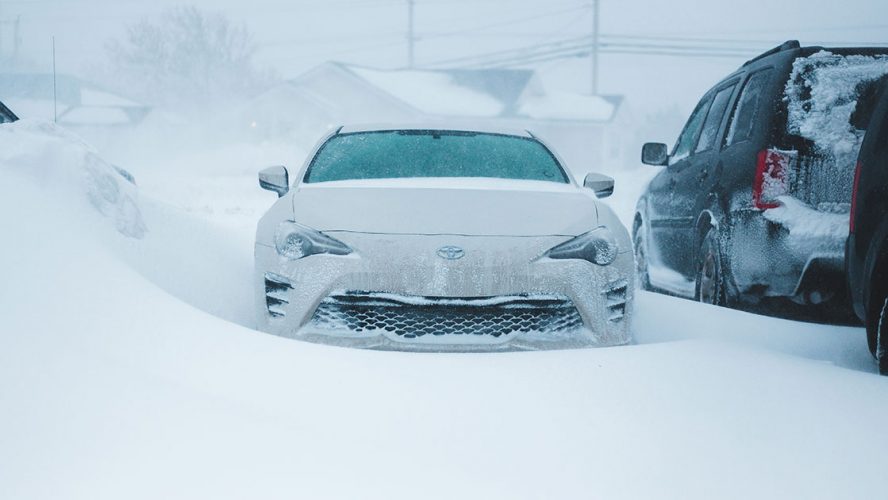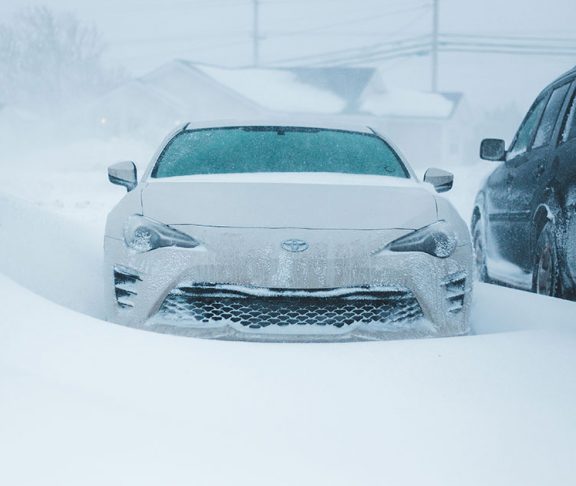
Cliff Ruud
Managing Director of Automotive, AAA
While 2020 may have seemed like the longest year on record, winter is right around the corner. Which means it is time to get your car — and yourself — ready for some winter driving.
With a little planning, you can keep things running smoothly and avoid being one of the millions rescued each winter by AAA and other roadside assistance companies.
Winter is hard on both drivers and their cars, even if we aren’t driving as much this year as we normally would. During this season, AAA typically handles a little over 5 million calls for roadside assistance. Taking a little extra care before the weather turns cold will help prepare drivers and their vehicles.
A good place to start is with checking coolant levels and making sure your battery and charging systems are in good shape. Clean any corrosion from battery posts and cable connections to ensure your vehicle starts reliably in frigid temperatures. It’s also a good idea to visit a trusted repair facility for a full inspection before embarking on a long road trip. If you’re not sure where to start when looking for a shop, one option is the AAA Approved Auto Repair program. In order to have this designation, repair facilities must undergo regular inspections and are held to high industry standards.
Drivers should clean their headlights, replace old wiper blades, and inspect the tread depth and pressure of tires. Good visibility and traction are critical when driving through winter storms or on icy roads.
But a well-prepared vehicle is only as safe as its driver. The AAA Foundation for Traffic Safety says nearly 500,000 crashes and more than 2,000 road fatalities occur each winter. The season accounts for almost half of all bad-weather crashes.
Snow, sleet, and ice require drivers to be especially cautious. They should slow down and allow three times more space than usual between their car and the car in front. Avoid using cruise control in slick conditions and avoid making unnecessary lane changes, which increase the chances of hitting patches of ice between lanes.
Drivers approaching a red light or stop sign — spots where ice often forms — should brake and slow down in advance to minimize the possibility of braking on ice. If you hit a patch of ice and begin to skid, try to stay calm and resist the urge to slam on the brakes. Instead, look where you want the car to go and steer in that direction. Finally, if you see a first responder or tow truck driver at the side of the road, be sure to slow down and move over. It’s the law in 50 states and is intended to keep these individuals safe as they work to rescue others.
Winter driving means slowing down and giving yourself more time and space. There’s no substitute for a careful, engaged driver.

